Hello,
In this blog I show how to use the Ansys Maxwell "SheetScan" tool to import datasets of material characteristics. For this blog I show how to import a dataset of the real part of complex permeability to use in the Eddy Current (frequency dependent) solver and Ferroxcube magnetic core material specification 3F46 is used as an example. This material is used in wireless power transfer (charging) power electronics applications.
Material characteristics are very important in engineering simulation and are used in models using magnetic materials for motors or power electronics, for example. The steps used to create the sheet scan in this example can be used to import data sets of other material characteristics such as B vs H, or P vs B to extract core loss coefficients.
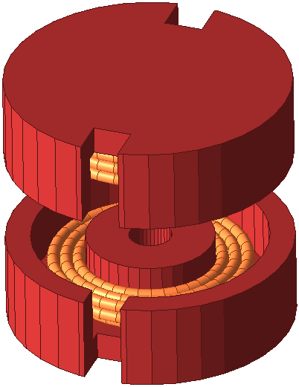
MATERIAL SPECIFICATION
Go to the material characteristic curve from the manufacturer's material specification data sheet. Take a snip of the material characteristic curve that you want to create a dataset of. We are creating a dataset of the real part of complex permeability in our example.
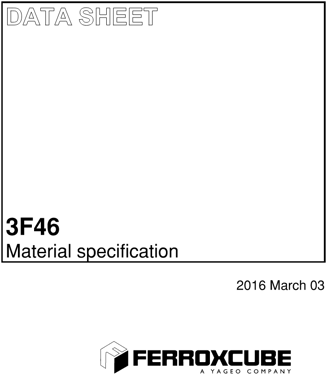
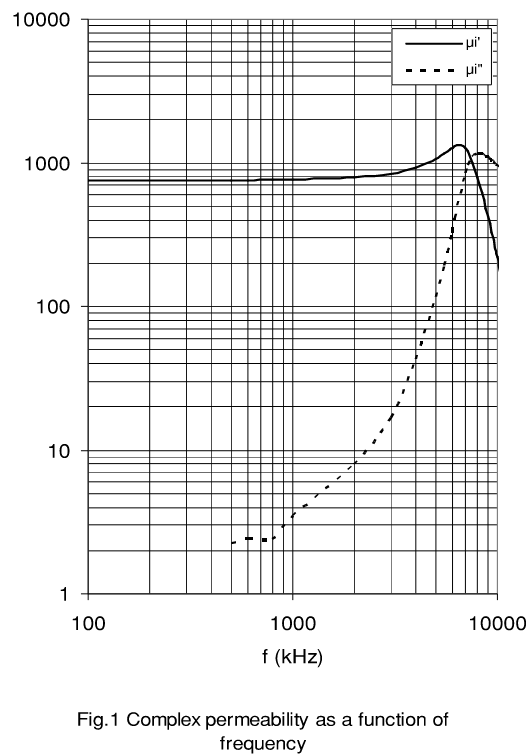
ANSYS MAXWELL
SHEETSCAN FILE CREATION
In the Maxwell model select "Project "Datasets" and then select "SheetScan" in the dialog box that appears.
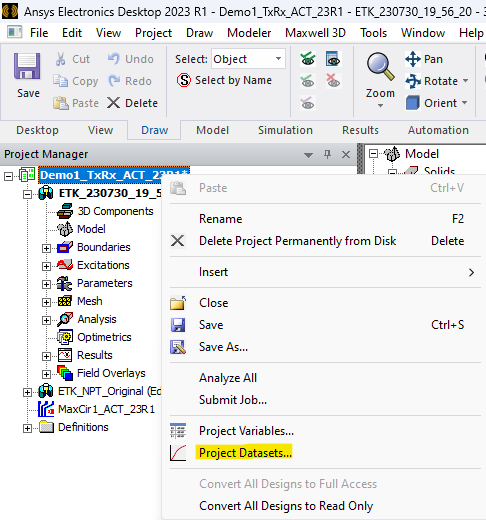

In the sheet scan file that opens select "Picture" in the ribbon and select the image of the material characteristic saved.

Select "Coordinate System" in the ribbon and define the grid by selecting three points as shown below. The sheet scan tool will automatically the X and Y coordinates and we just need to set the X and Y values at these points and set the axes scaling. Our plot uses logarithmic scales so we set the scaling to this.


Select "Curve" in the ribbon and select "Change Settings" to define the curve. Apply scaling factors as required to convert the data to SI units. The plot has frequency in kHz so we 1000 for X-Axis scaling.
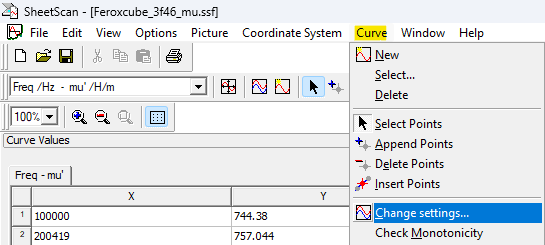
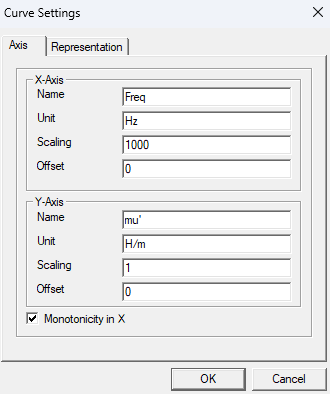
Carefully select points on the plot from left to right. The accuracy of the sheet scan dataset depends on how accurate we select the points.
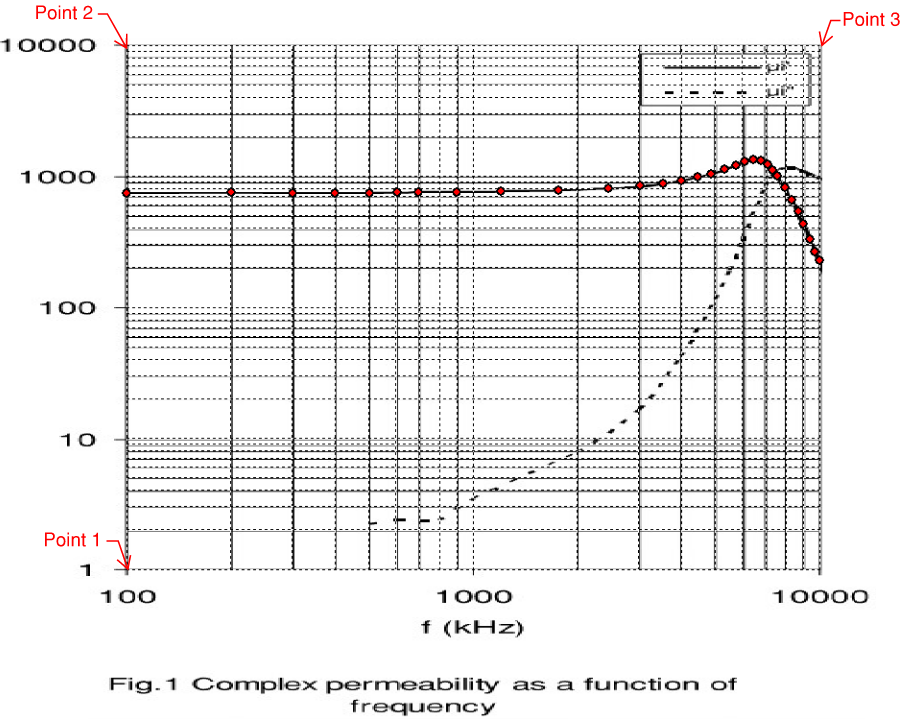
The sheet scan tool automatically creates the dataset table from the points we selected and produced the dataset table below.
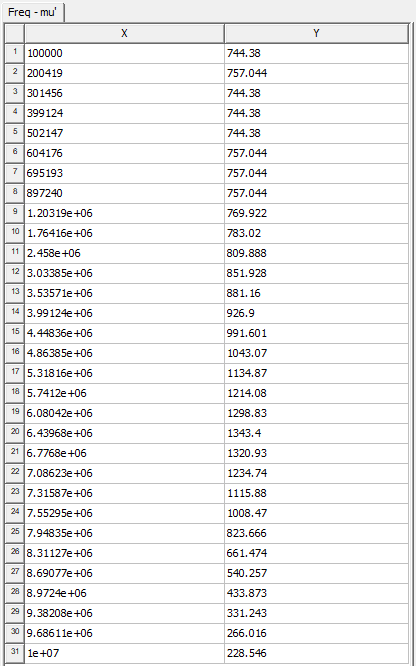
Select "File" in the ribbon and select "Export" and save the file with a .tab extension.
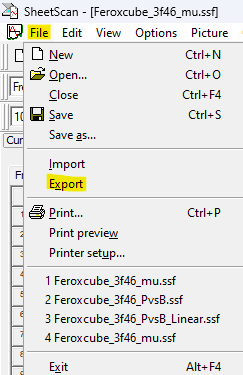
SHEETSCAN FILE DATASET IMPORT
Save and close the sheet scan file we created. Select "Import" and choose the .tab dataset file created and give a name to the dataset. We have named it $mu_3f46.
Note: In the Sheet Scan tool we applied logarithmic scales to the axes but the scales are linear in Ansys Maxwell but this does not matter.
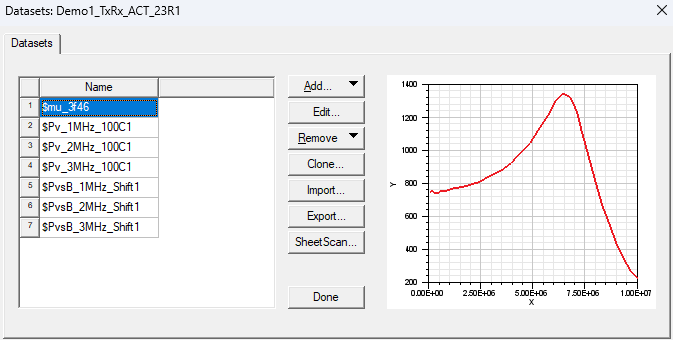
MATERIAL
Select the magnetic core material and go to the material properties, and choose "Edit" properties.
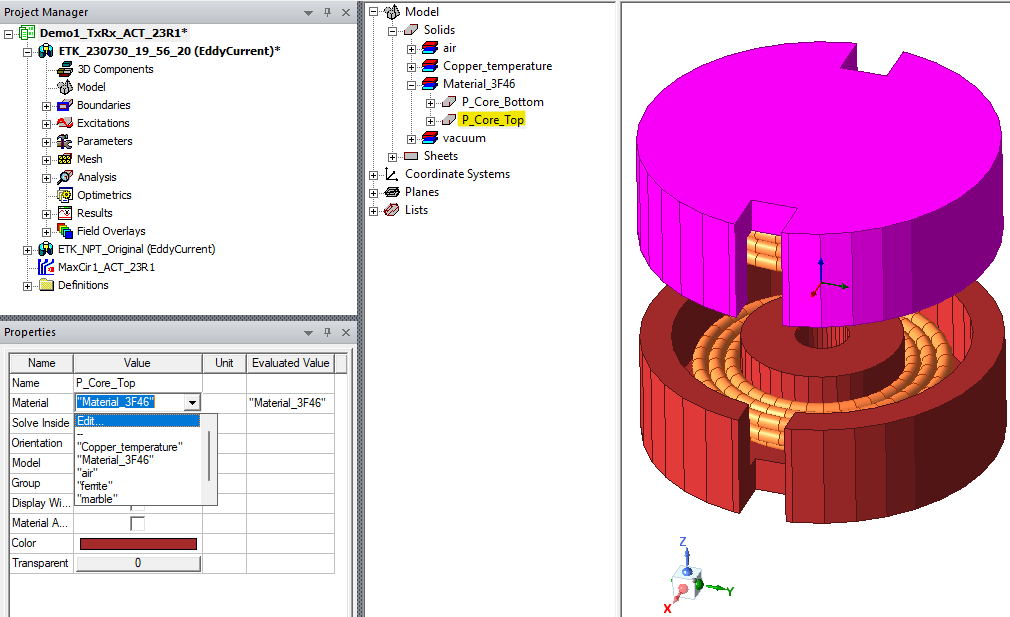
Enter pwl($mu_3f46, Freq) for the value of "Relative Permeability", where pwl stands for "Piece Wise Linear" and $ is used because this is a global dataset. Local datasets do not need $ in front of the dataset name.
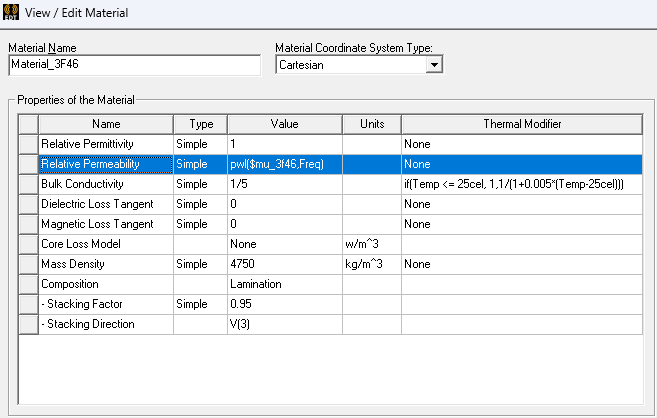
Ozen Engineering YouTube video
ABOUT OZEN ENGINEERING INC.
Ozen Engineering is a leading provider of Ansys solutions, catering to a diverse range of industries with a specialization in electronics, semiconductor, biomedical, healthcare, aerospace and automotive applications. Our team delivers personalized solutions to optimize product design and performance by seamlessly integrating Ansys simulation into the product development process. As an elite channel partner of Ansys, we provide best-in-class software tools, consulting, training, mentoring, and technical support.
Contact us to learn about our simulation capability and request a demonstration for us to show you how we can help you with your engineering projects. Ozen Engineering Inc is an Ansys Elite Channel Partner, and we provide training to use Ansys tools, offer consulting services, and sell Ansys software packages.
Visit our website
Give us a call
Send us a message

Sep 22, 2023 7:16:32 AM
